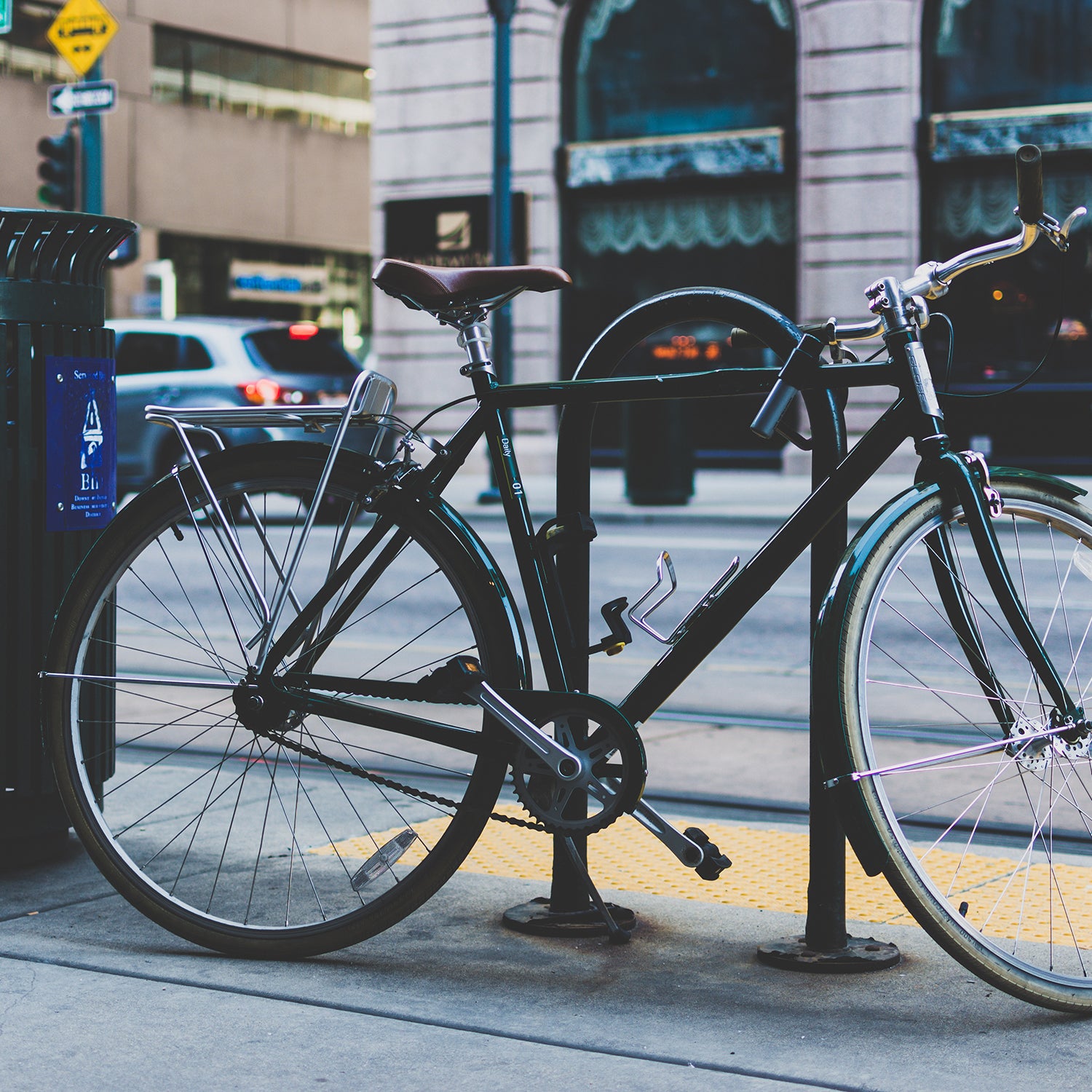What do Fort Collins, Colorado; Wausau, Wisconsin; Tucson, Arizona; New Orleans, Louisiana; and Washington, D.C., all have in common? They are among the top ten best cities for cyclists, according to bike advocacy organization People for Bikes’ new program.
The program, unveiled last week at PFB’s Places for Bikes Conference in Indianapolis (#52 on the list), is a tool that quantitatively appraises which cities are best for biking and which are improving the fastest. Unlike, say, magazine articles and “best of” lists, which subjectively rank places, City Ratings makes its assessments based on data from six primary sources: U.S. Census Bureau details on bike commuting; infrastructure snapshots from Open Street Map; local and federal statistics on traffic injury rates; recreational habits based on sports marketing surveys; specifics on bike infrastructure investment as reported by cities through the Places for Bikes City Snapshot survey; and feedback from locals in the Places for Bikes Community Survey, which reached more than 37,000 people. People for Bikes says 184 calculations go into each city’s ratings, and though it collected data on 47,039 metro hubs, the organization rated only cities for which it had three or more data fields, for a total of 484 places on the list.
More than two years in the making, City Ratings isn’t just a popularity contest. People for Bikes hopes cities will be able to use the ratings to identify their bicycle infrastructure deficiencies and how to improve them. “Our goal is to create communities where people of all ages and bicycling abilities can ride safely and easily all across town,” says Tim Blumenthal, president of People for Bikes. “Our City Ratings will help cities make quick, cost-effective progress toward that vision.”
The depth and breadth of information should help. “One thing we’ve learned is what gets measured gets done. So hopefully we can use the data to benchmark where cities are today, set goals, and then aspire to them,” says Jennifer Boldry, the research director on the project. “My hope is that this becomes a powerful tool so the people working on the ground can use this data to build a more complete, safer network for cyclists and to get more people using those systems.”
At the Places for Bikes event, four cities were honored for top marks in a single category: Portland, Oregon, for ridership (how many people ride and how often they ride); Fort Collins for safety; Boulder, Colorado, for network (the quality and completeness of its bike paths); and New Orleans for acceleration (the rate of infrastructure improvement). The top five cities with the highest average across categories also received commendations: Fort Collins topped the list, followed by Wausau, Boulder, Portland, and Tucson.
But even the cities atop the rankings received fairly average marks. The top score was 3.5 stars out of five, and 397 cities—some 82 percent—received less than two stars. “I think it may be a difficult pill for some cities to swallow that the scores aren’t higher. But we decided to use global targets so that U.S. cities could get the broader perspective of where they stand,” Boldry says. Though PFB hasn’t yet rated international cities due to a lack of comparable data points, Boldry says many of the world’s cities that lead in bicycle infrastructure would certainly score higher. “Our best cities are still not—you know, there’s still work to be done.”
As an example, Boldry points to her hometown of Boulder, a cycling hotbed that has devoted lots of resources to building a bike-friendly community. She says there are many points of pride in the infrastructure, including a solid network of paths and lanes to move people throughout the city safely and efficiently by bike. “But it’s not a great experience across the community,” Boldry says, pointing to the fact that cyclists still ride on Interstate 36 and on Broadway, neither of which are great experiences, because there is not a complete, consistent, connected network.
But Boldry stresses that no city will ever be perfect. “Even if you talked to planners in leading cities like Copenhagen or Amsterdam, they would tell you the same thing—that they still have lots of work to do,” she says. “We hope City Ratings will help with that work and, in the long run, lead to a better riding experience for everyone.”
To see how your city stacks up, visit . In addition to the ratings, all the raw data, including a 26-page survey submitted by each city, is available for viewing.


